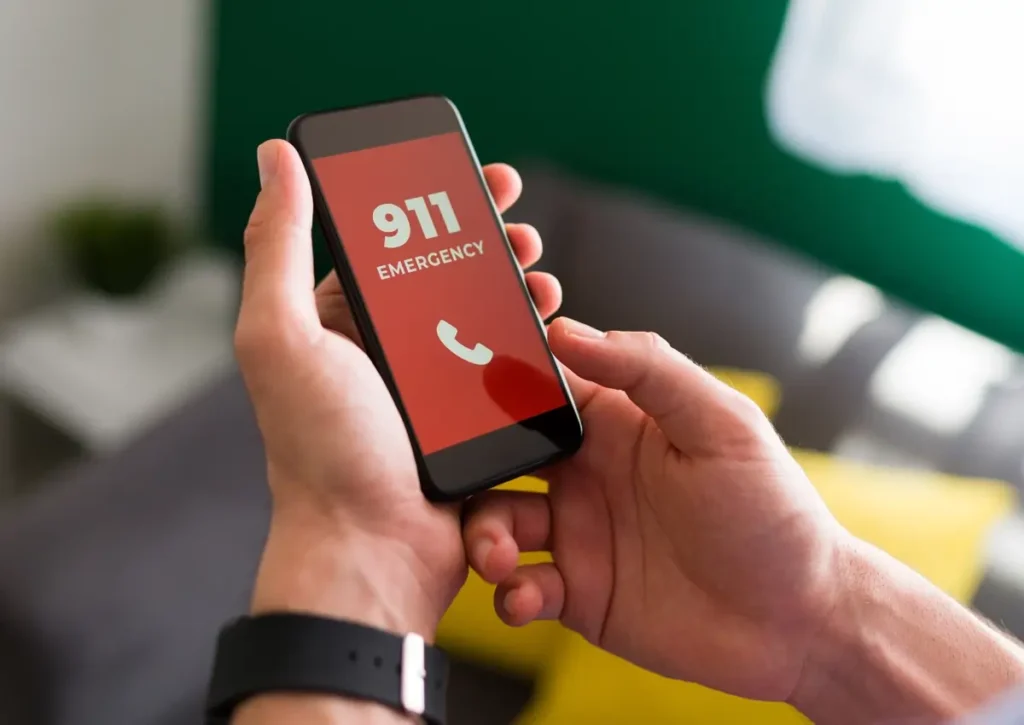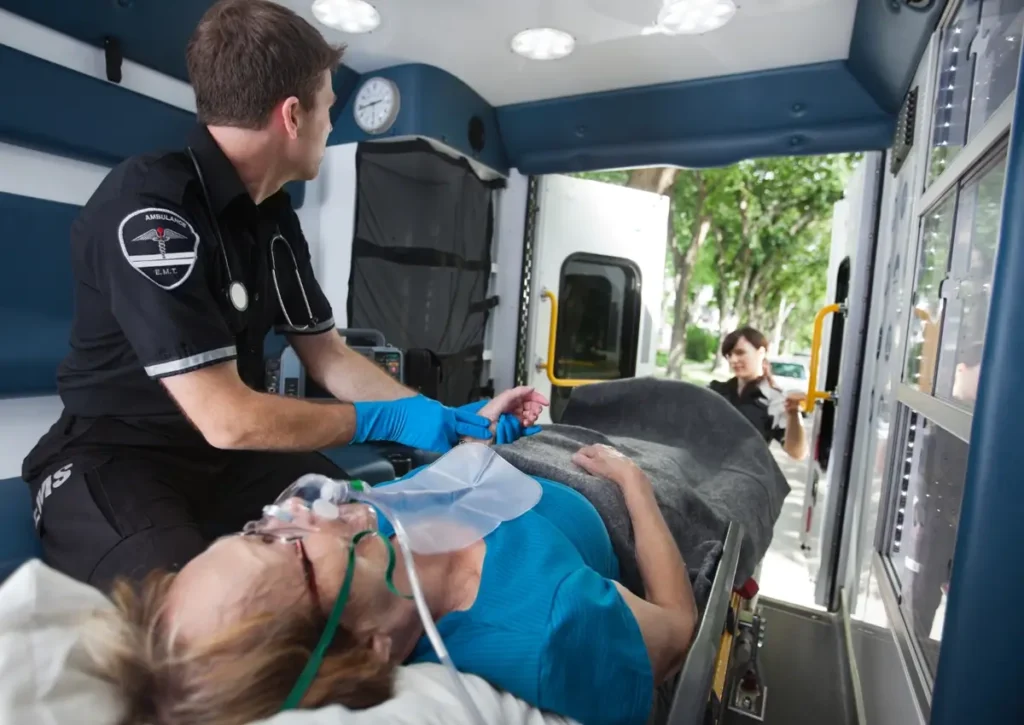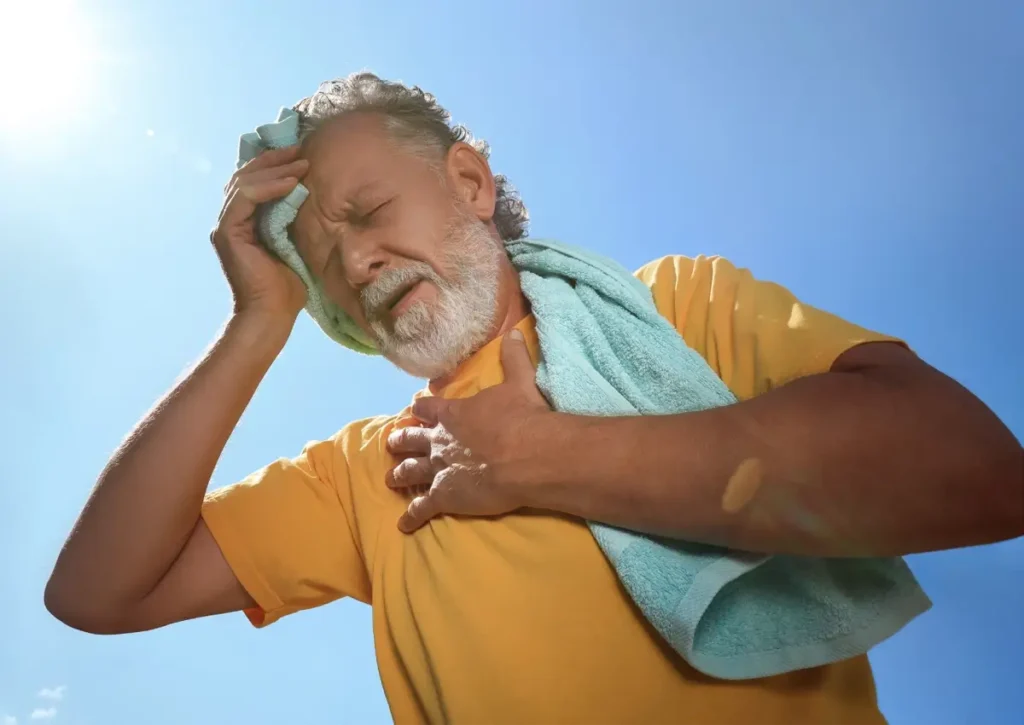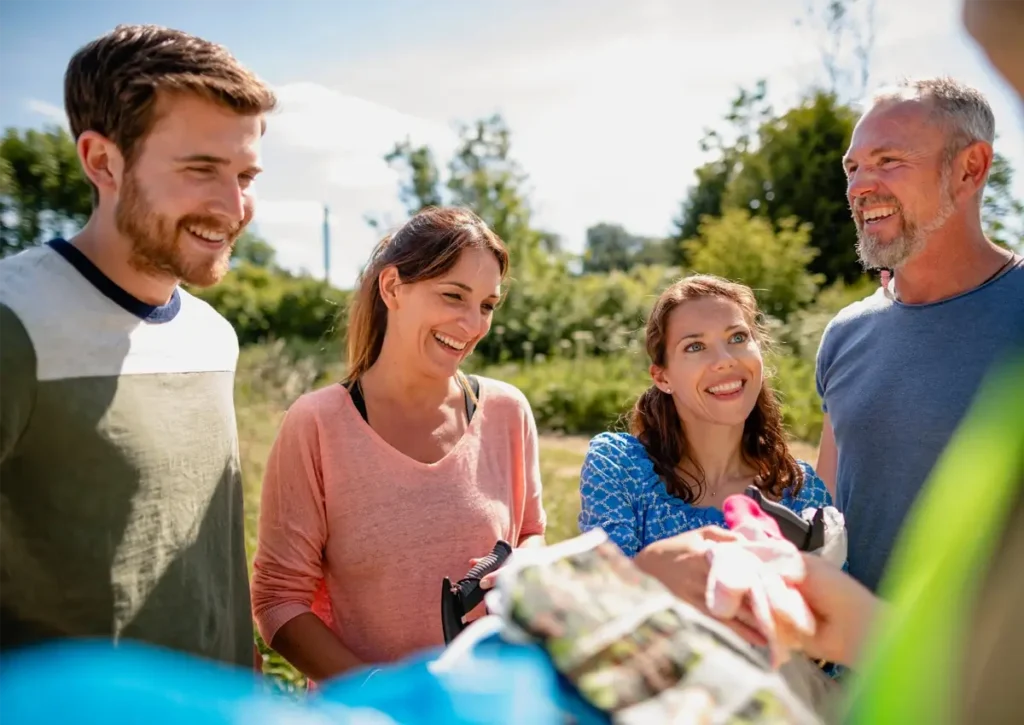Surviving a Medical Emergency in Remote Areas: Essential Tips to Stay Safe
Oct 26, 2024
In remote areas, being prepared isn’t just a good idea—it’s essential. You’ll need to rely on your knowledge, quick thinking, and the resources you have on hand. This article will guide you through essential steps to take during a medical emergency far from civilization, ensuring you’re equipped to handle the unexpected.
Surviving a medical emergency in remote areas presents unique difficulties. Ambulance services in these locations often lack availability. For example, in Pickens County, Alabama, a single ambulance station serves nearly 20,000 residents. This station covers 900 square miles, resulting in response times of almost 30 minutes for those living on the edge of the county.
Travel distances to trauma centers also significantly impact survival rates. Many rural patients remain over an hour away from the nearest trauma center, even if a helicopter is accessible. Delays can lead to higher mortality rates, as the vital “golden hour” following a traumatic injury necessitates prompt medical intervention.
In remote areas, healthcare facilities aren’t always equipped with advanced trauma care. Residents often rely on basic clinics that may lack specialized staff and equipment. This makes it essential for you to have emergency preparedness for rural areas.
Communication during medical emergencies poses another challenge. Cell service can be intermittent or non-existent, complicating efforts to call for help or coordinate with emergency services. Investing in a satellite phone or two-way radio can be life-saving.

Your readiness to manage a medical emergency must include a well-stocked first aid kit for remote areas. Essential items like bandages, antiseptics, and tools for handling severe bleeding in the wild will prove invaluable. Knowing how to use these items effectively enhances your chances of stabilizing an injury until professional help arrives.
Heat-related illnesses in rural areas also demand attention. Carrying extra water and recognizing symptoms of dehydration helps in managing dehydration in remote locations. Moreover, dressing appropriately and resting during peak heat times can prevent heatstroke.
Improvising first aid can sometimes become necessary. In the absence of proper equipment, creative solutions and quick thinking may be required to handle immediate medical needs. Understanding how to make the best use of available resources could make the difference between life and death.
Supporting these factors highlights why dealing with injuries in remote areas requires thorough preparation and a proactive approach.

Being prepared for a medical emergency in remote areas is essential. You might be hours away from trauma care, especially in places like Colorado where the nearest high-level center can be over two hours away. Long response times in rural regions can exceed 60 minutes, making the first hour post-injury vital.
Carry an essential first aid kit for remote areas. Include items like bandages, antiseptic wipes, and tools for managing severe bleeding in the wild. An adequate kit helps when waiting for emergency response in remote locations.
Knowing first aid in rural areas is invaluable. Learn how to handle heat-related illnesses by staying hydrated and recognizing symptoms. Understanding basic trauma care techniques can save lives until professional help arrives.
Effective communication during medical emergencies is another vital aspect. If cell service is unreliable, have alternative ways to signal for help, like whistles or satellite devices. When dealing with injuries in remote areas, every minute counts.
Emergency preparedness for rural areas involves more than physical tools. Knowledge of how to improvise first aid is key. For example, you can use clean clothing to apply pressure on wounds if sterile gauze isn’t available.
Prioritizing safety and preparation boosts survival chances during a medical emergency in remote areas. Whether managing dehydration or dealing with severe injuries, being well-equipped and knowledgeable can make a significant difference.

In a medical emergency in remote areas, quick and informed actions can save lives. You’ll need to be prepared to handle the situation effectively, considering the unique challenges these locations present.

The DRSABCD plan is a vital framework during emergencies, especially in remote areas.
Each step in the DRSABCD plan is essential in a medical emergency. You cannot skip any part, as it ensures a systematic approach, essential in remote locations where professional help delays are common.
Maintaining your composure is key in emergencies. First off, deep breathing helps calm the mind and body. Inhale slowly through the nose, hold for a count of four, then exhale slowly through the mouth. Repeat this process for a few minutes.
Using checklists can significantly aid in managing stress. A well-prepared list includes steps for you to follow, preventing vital actions from being overlooked. Checklists should encompass key actions from assessing the situation to applying first aid.
Additionally, focus on one task at a time. Multitasking can increase your stress levels and reduce efficiency. Prioritize urgent tasks like stopping severe bleeding or managing a patient’s airway. The calm, methodical approach ensures you handle the situation effectively and increases the chances of survival for the patient.
Surviving a medical emergency in remote areas requires quick thinking and resourcefulness, especially when professional help isn’t immediate. Let’s discuss some common emergencies you might face and how to handle them.

Traumatic injuries are frequent in remote areas. If someone breaks a bone, found in wilderness settings, immobilize the affected area using improvised splints like branches or clothing. For head injuries, monitor the person closely for signs like confusion or vomiting. It’s essential to keep the head still, especially if a spinal injury is suspected. Lay the person on their back and avoid moving them unnecessarily. Control bleeding with direct pressure using clean cloths. If bleeding persists, elevate the wound above the heart and maintain steady pressure.
Heat exhaustion, heat stroke, and dehydration are serious threats in rural, hot environments. Look for signs like heavy sweating, fatigue, or dizziness for heat exhaustion. Move to a cooler area and hydrate with water or electrolyte solutions. For heat stroke, which often includes symptoms like confusion or fainting, immediate cooling is vital. Douse the person with cool water or cover them with damp cloths. Dehydration presents as extreme thirst or dry skin; rehydrate slowly to avoid shock. Implementing these steps can make a significant difference in survival during peak heat.
Severe bleeding requires urgent attention. Apply direct pressure to the wound using a clean cloth or bandage. If blood continues to flow, a tourniquet might be necessary. Place it 2-3 inches above the wound, tightening until bleeding stops, and note the application time for emergency responders. Cleaning wounds is essential to prevent infection. Use available clean water to flush the area and apply an antiseptic if you have one. Dress the wound with sterile gauze or clean cloths. Proper wound care and bleeding control can prevent complications in rural healthcare scenarios.
Navigating medical emergencies in remote areas demands preparation, quick thinking, and resourcefulness. At AmberMed, we are dedicated to enhancing rural healthcare by providing advanced training and resources to meet these challenges head-on.

North and south bound lanes of Highway 23 will be closed south of Hoxie for 7 miles starting March 31, 2025 through at least the fall. Please make sure to allow for additional time when traveling to your appointments. Please check the KDOT website for further details and updates.
Close